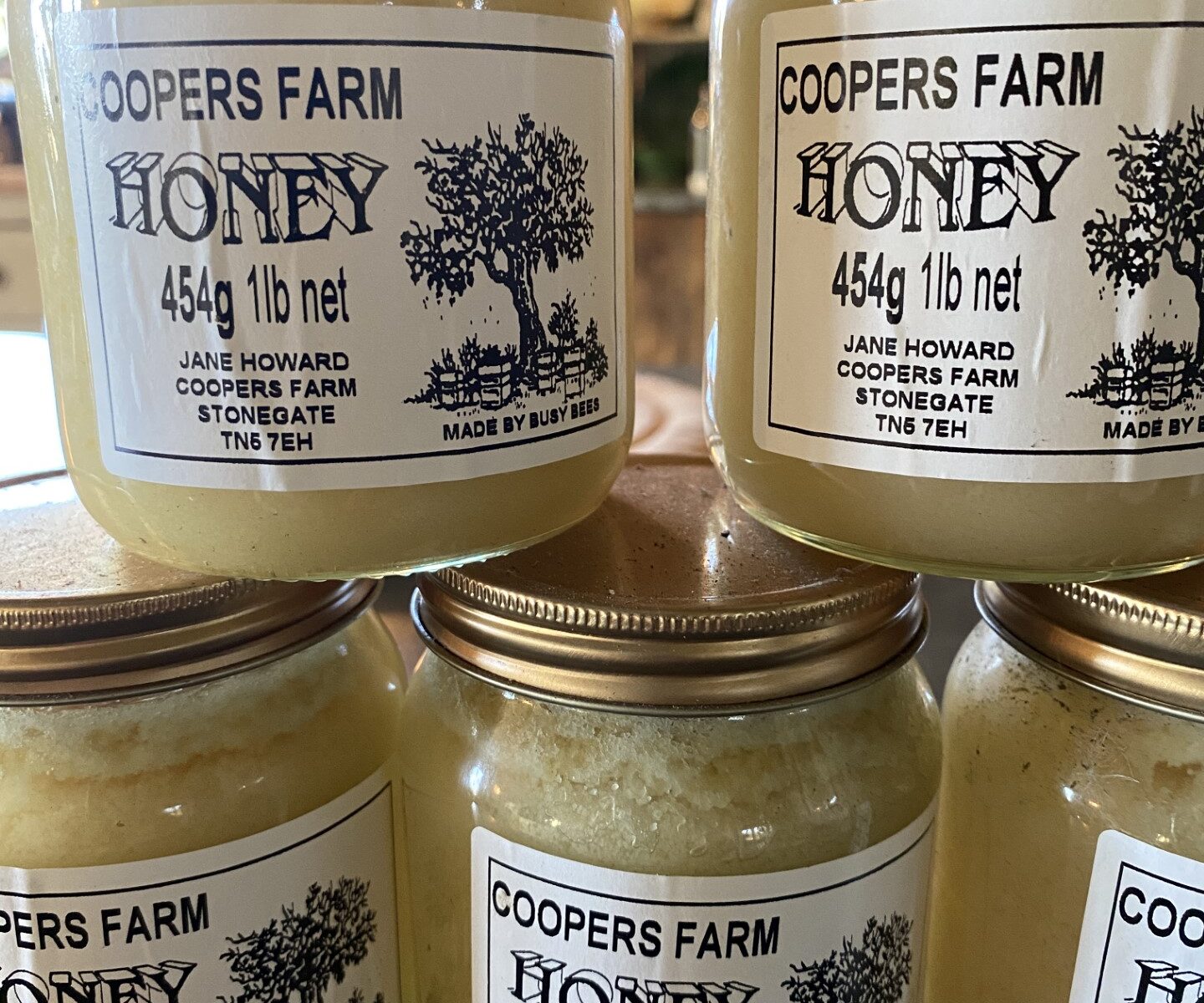Jane gathers some fascinating honey bee facts as she checks the Coopers Farm hives before their very busy year ahead
April… the evenings are longer, the countryside greener and the birds louder. Bliss. Spring has arrived and nowhere is this more apparent than in the apiary where hopefully I will still have two healthy hives.
Most insects overwinter either by laying eggs which hatch out in the spring or by having a fertilised queen who hibernates and then emerges to lay eggs when it warms up. First out will always be those big queen bumble bees which, being furry, are well adapted to our cold northern climates. The hairs act as insulation so they can emerge earlier than most other insects to feed on nectar and pollen from crocuses and daffodils before hunting out a suitable nest site. This is likely to be a hole in the ground or on a bank which is why you’ll see them flying very low zig-zagging across your lawn. Once they find a site they’ll lay their fertilised eggs and the whole bumble bee production line starts all over again.
But honey bees do it differently. They spend all summer collecting nectar from flowers and taking it back to the hive where other bees remove most of the water to turn it into honey and store it in a labyrinth of wax combs. Most plants flower in June and July and at this time a good colony of bees will contain about 50,000 worker bees and each one will – in her six week lifetime – produce 1/12th of a teaspoon of honey. To make a pound of honey thousands of them will fly 55,000 miles and tap two million flowers which is why they need such a big workforce and why we should be very impressed when we spread it on our breakfast toast!
As the summer draws to a close the queen stops laying and the numbers reduce to about 10,000 who spend the winter living in the hive and feeding the queen on all the stored honey. By the winter they will also have sealed up all the cracks in the hive with a sticky glue called propolis which they make from the sap of pine trees, and hunker down with a well stocked pantry. Cosy or what.
Six months later, on the first spring day when you can venture out without a jumper – usually this coincides with flowering redcurrant bushes flowering – it’s time to crack open the hives and see what’s been going on. The first visit is always a time of excitement that I will find lots of busy bees (and trepidation that I might not).
I’m hoping that both hives will contain a queen already laying lots of eggs to start the herculean task of building numbers back up to 50,000 for the season ahead.
Each egg that the queen lays takes three weeks to hatch out as a worker bee, and that young bee then spends the first three weeks of her (they always are) life in the hive carrying out domestic chores like feeding the young, spring cleaning and making and storing the honey. Only then does she leave the hive to start foraging.
So, do the maths and you see that my queens have their work cut out to lay enough eggs to get from 10,000 in January to 50,000 in July. But I’m sure they’re up to the job and – weather and global events permitting – here’s hoping for a busy and productive bee-keeping season.
Most plants flower in June and July and at this time a good colony of bees will contain about 50,000 worker bees and each one will – in her six week lifetime – produce 1/12th of a teaspoon of honey
You may also like
Heat Wave!
Sarah Maxwell explains how to exercise when you’re dealing with hot flushes Exercising during menopause can be challenging in many ways. If hot flushes are a familiar part of your journey, you’re not alone. Many women know all too well...
Nourish to Flourish
Nutrition & Lifestyle Coach Charlotte Lau explores the benefits of incorporating another healthy ingredient into our diets. This month it’s cherries One of my personal favourites… English cherry season. This small, but delicious, stone fruit doesn’t last long, so make...
Take me to… a UK Staycation
We’re kicking off our new travel feature with a collection of ideas to get you trying something new with explorative and adventurous trips Cornish Escape The Park, Cornwall is an award-winning holiday village, just a short stroll from Mawgan Porth...










